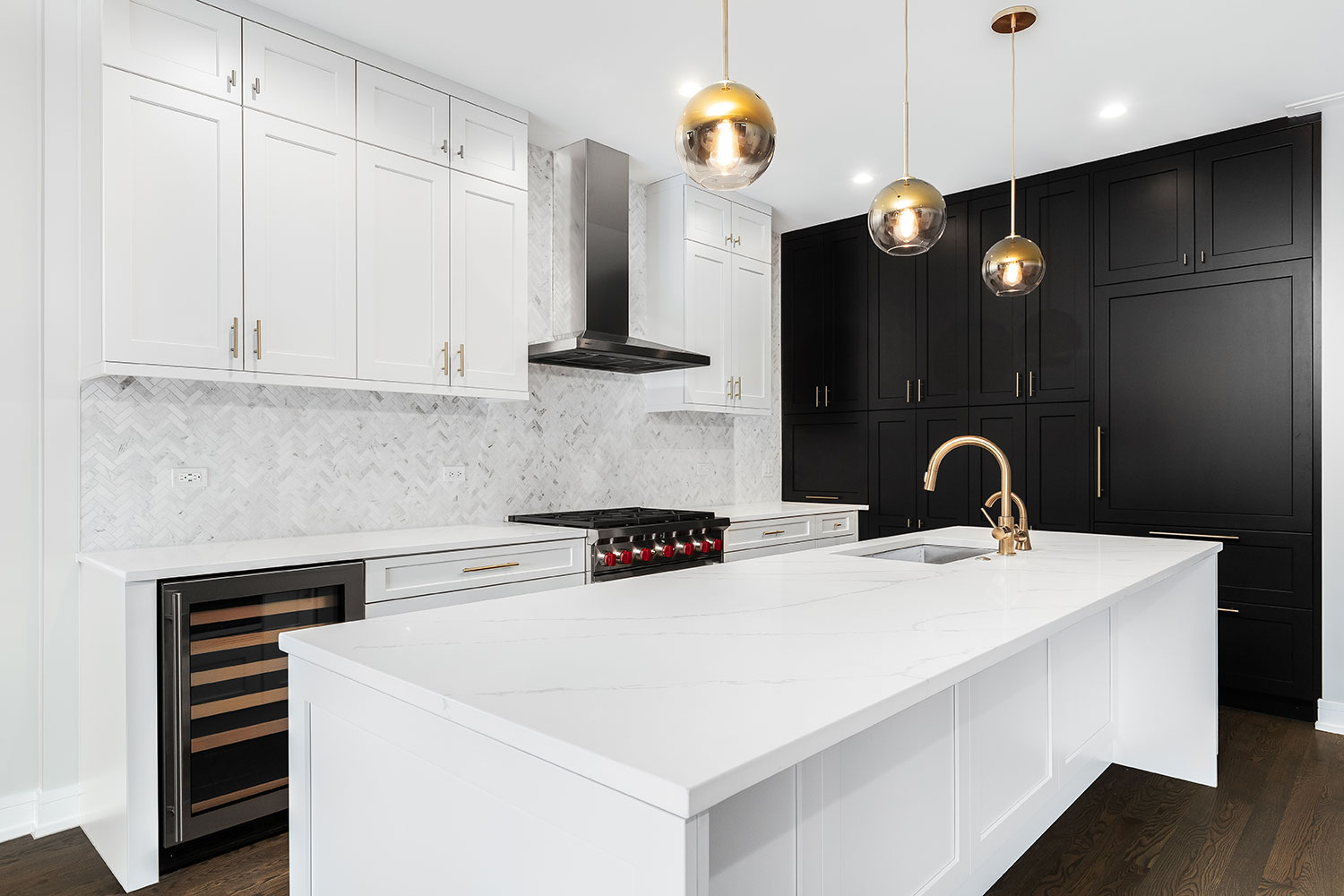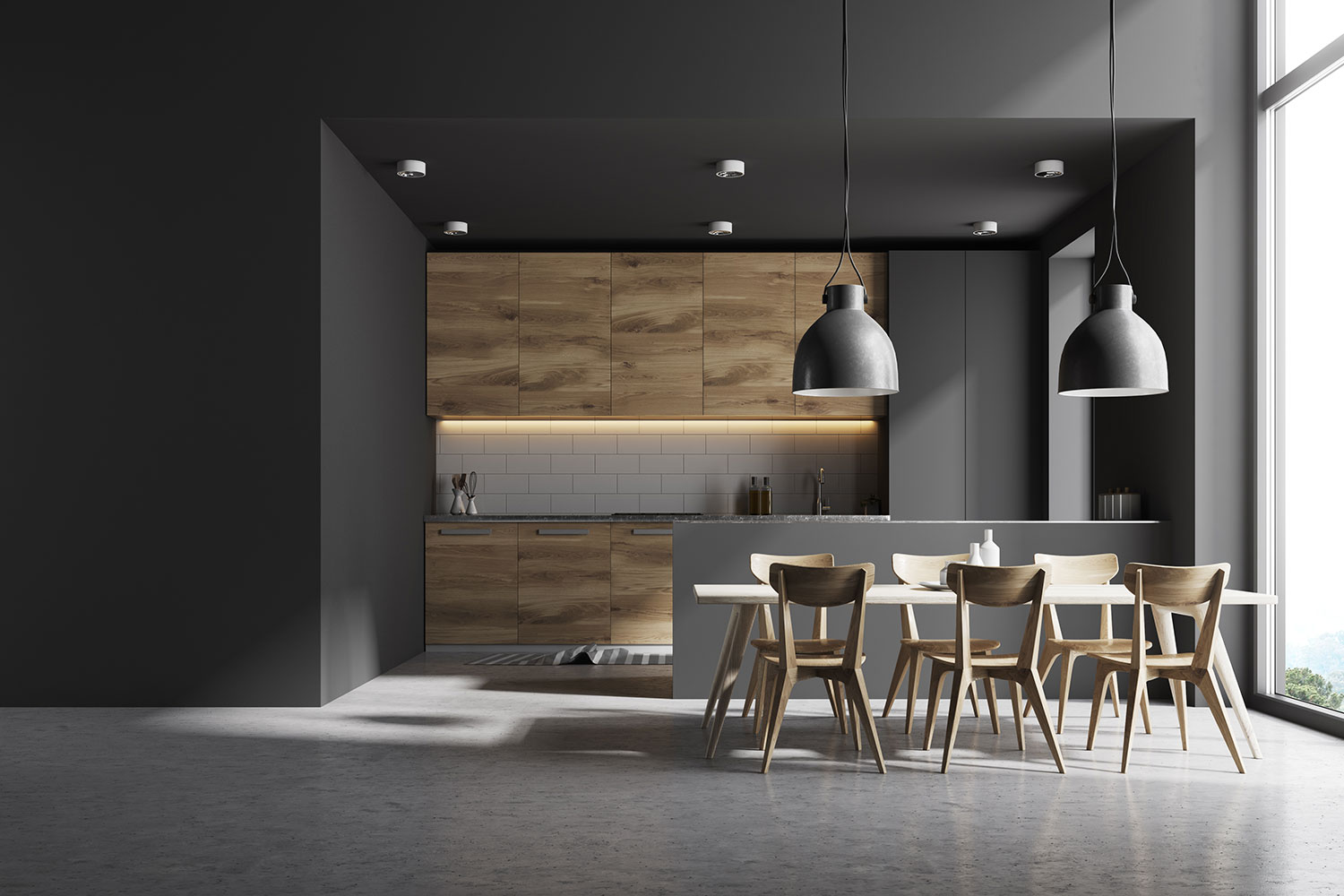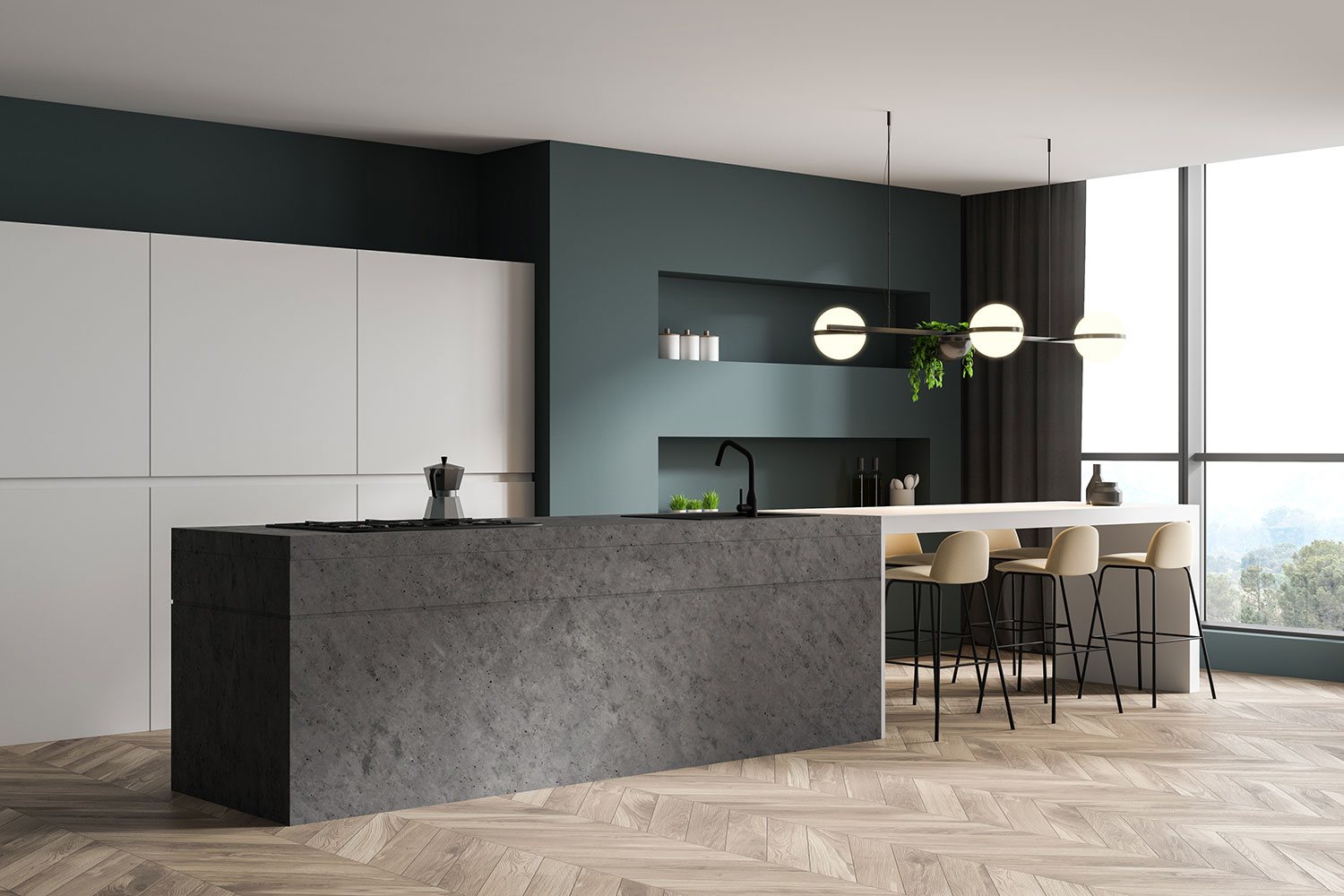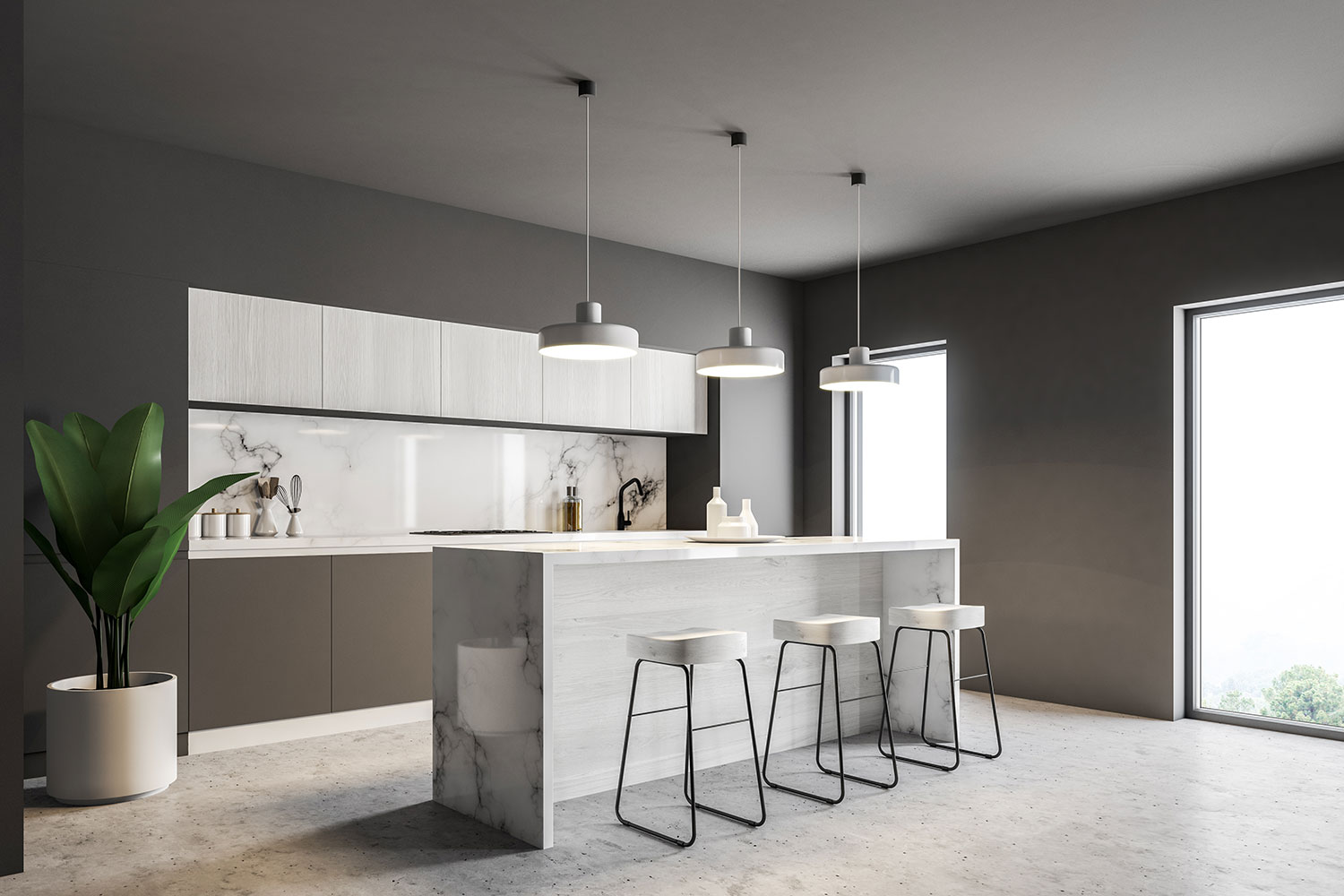When designing a kitchen space, functionality is key. Most design plans leave lighting as an end task, failing to incorporate a unique design element in the initial process. Luminii’s unique high-end residential lighting options offer flexibility and practicality to any kitchen space.
A thoughtful lighting plan in a kitchen delivers the right brightness levels, highlighting every corner and backsplash. It also provides excellent task lighting — a must-have when cooking meals and cleaning up afterward. Here are four things to consider when choosing kitchen lighting from Homes & Gardens author Jennifer Ebert.
Editor’s note: The piece below originally appeared on homesandgardens.com. You can also read the piece here.
Kitchen lighting is too often one of the last things people consider when thinking about kitchen ideas. However, the right lighting can completely transform a space, offering flexible living space whilst enhancing the practicality of any kitchen.
HOW TO CHOOSE KITCHEN LIGHTING
With numerous possibilities available for homeowners, Head of Retail and Commercial Design at Life Kitchens, Graeme Smith, shares his top tips to consider when choosing the perfect lighting scheme.
1) TACKLE TASK LIGHTING

Task lighting is an essential addition to a kitchen’s design. Commonly integrated beneath wall cabinets or above working areas, the LED lights provide much-needed visibility when preparing food or doing day-to-day tasks. Providing another layer of interest to the space, the lights will help to zone cooking areas and add to the overall feel of the room.
2) BRIGHTEN WITH BACK LIGHTING

Backlighting is the perfect way to add to the aesthetics of the kitchen. The LED strips that are typically used are not designed to be a functional element, but it can give extra visibility to the worktops. Usually positioned behind certain surfaces or splashbacks, the light acts as a dynamic centrepiece, and when other lights in the room are dimmed, the backlight will project a beautiful soft hue.
3) MAKE THE MOST OF MOOD LIGHTING

Mood lighting is great for adding character as well as depth and dimension to a kitchen. Available in many different styles, there is the option for cabinet lighting, plinth lighting, pendants and more. To create a warm atmosphere in the evening, choose lights that can be transitioned from cool to warm. Offering versatility, the adjustable tone means that it can be cool when cooking and warm when dining or entertaining.
4) FOCUS ON FEATURE AND ACCENT LIGHTING

A final layer to your scheme should be accent lighting that guides the eye and creates points of interest around the room – it also adds to the overall light level when combined with just ambient lighting such as a pendant over a table. Accent lighting might consist of lighting on shelving, in cupboards or in niches. Lights built into the plinth of a central island or a single run of units gives a gentle wash of light across the floor to make the cabinetry look like it’s floating, while a run of LED lights under the rim of an island worktop makes this is an inviting space to be drawn to, especially if there are bar stools here.











